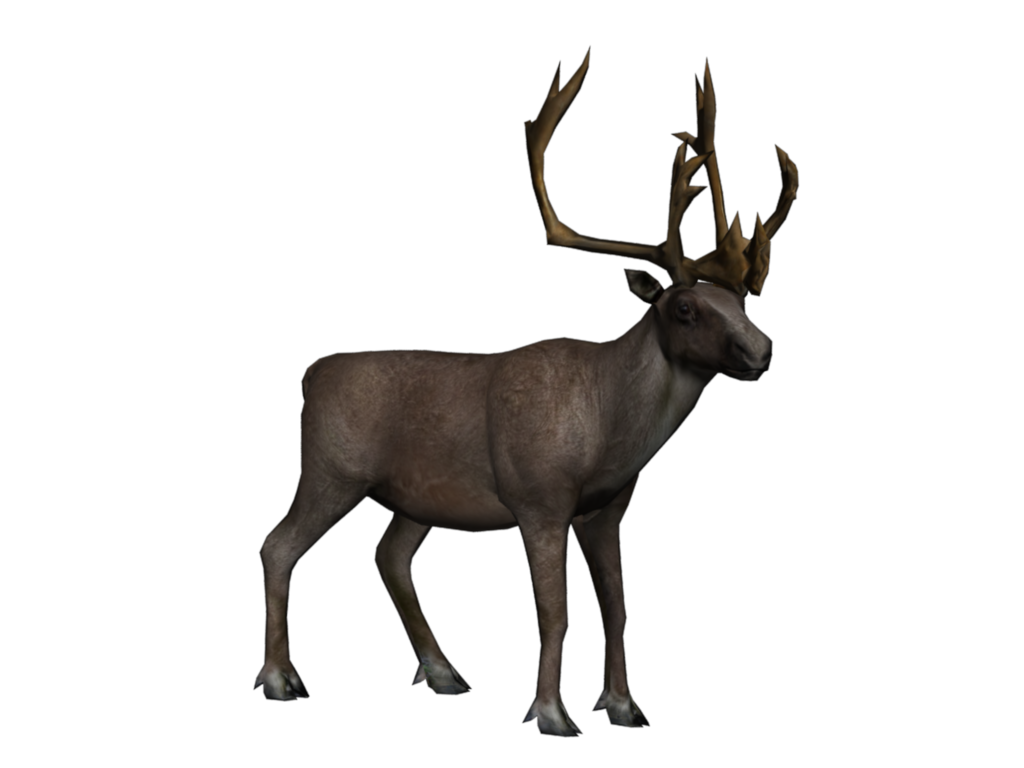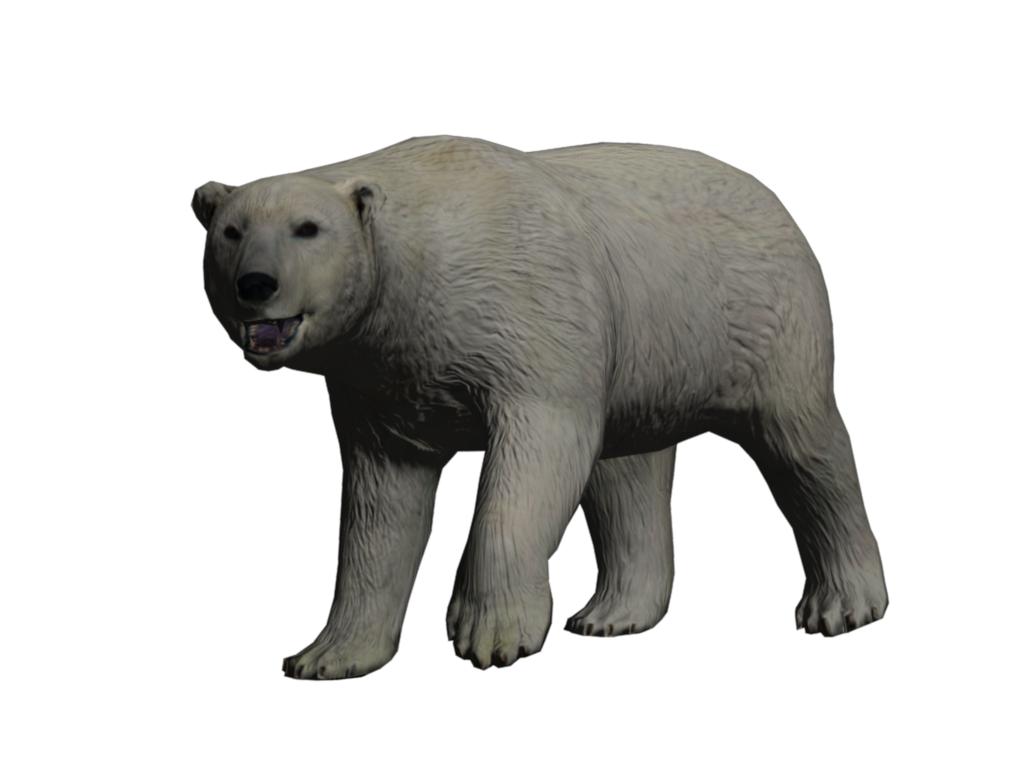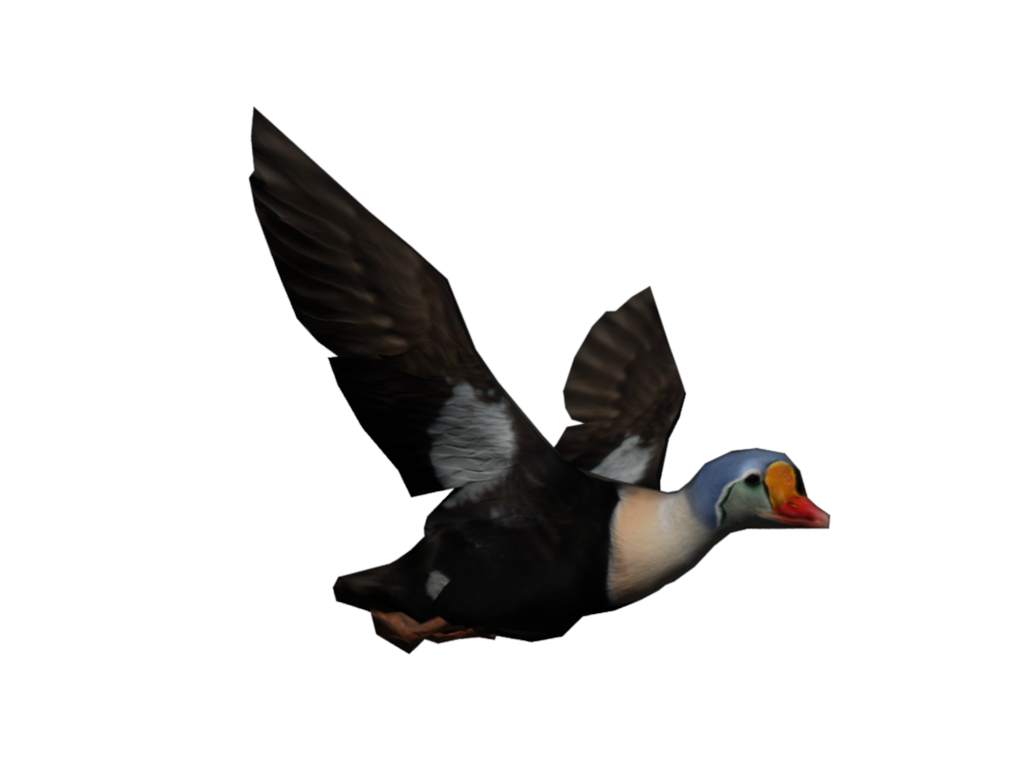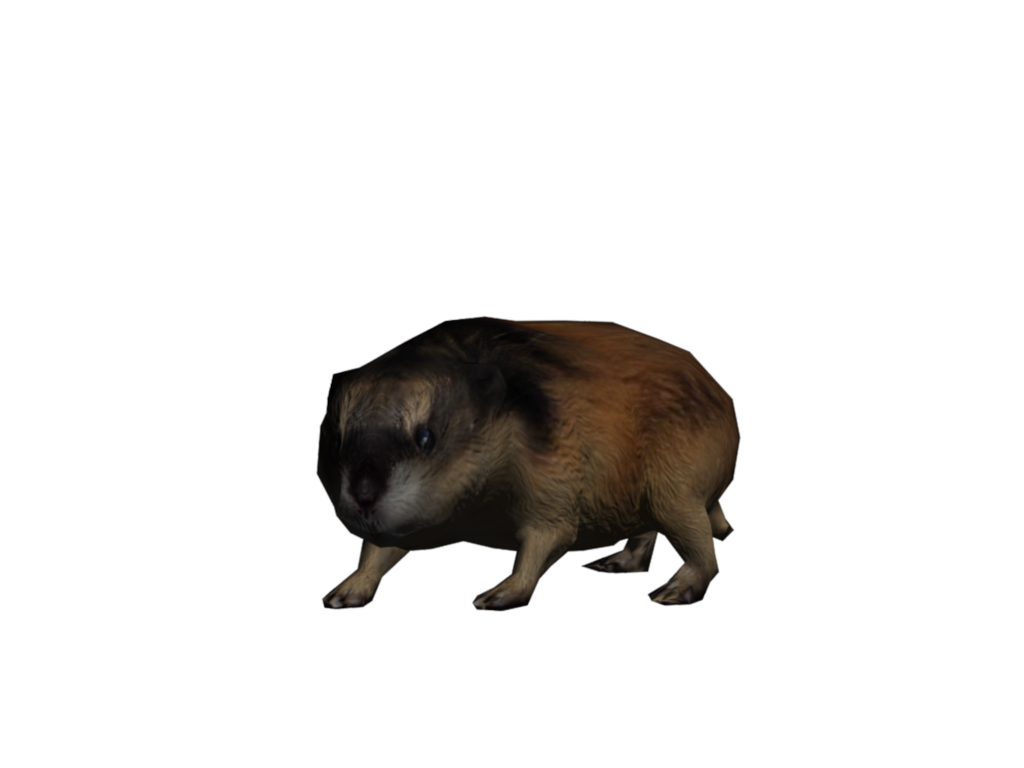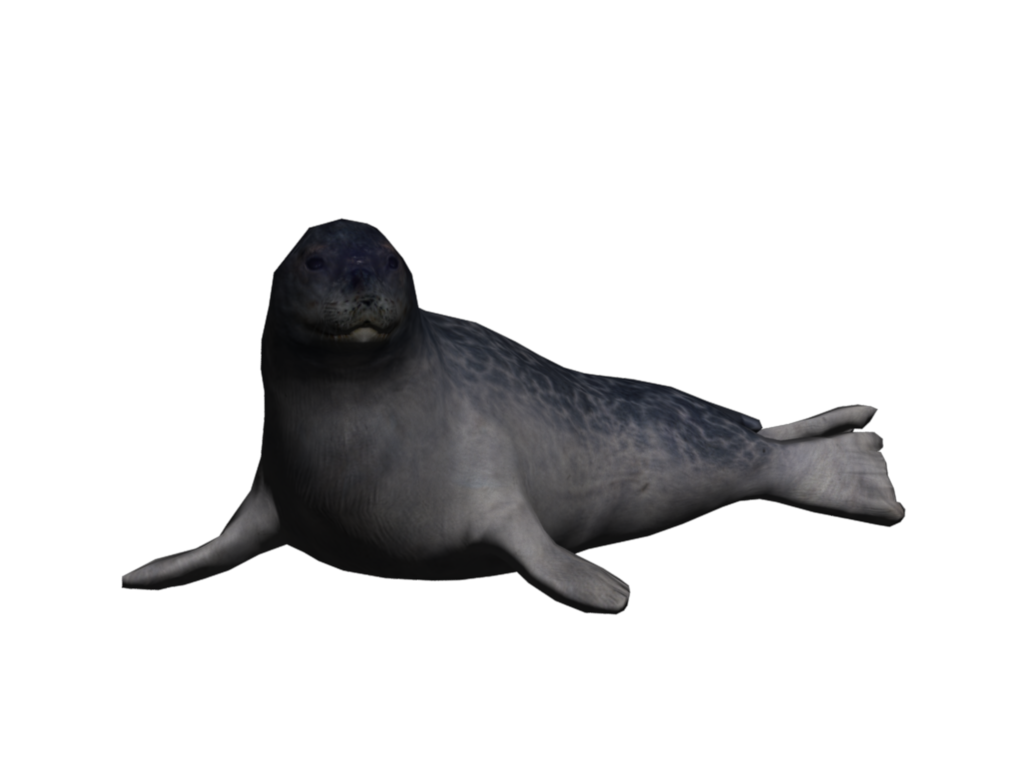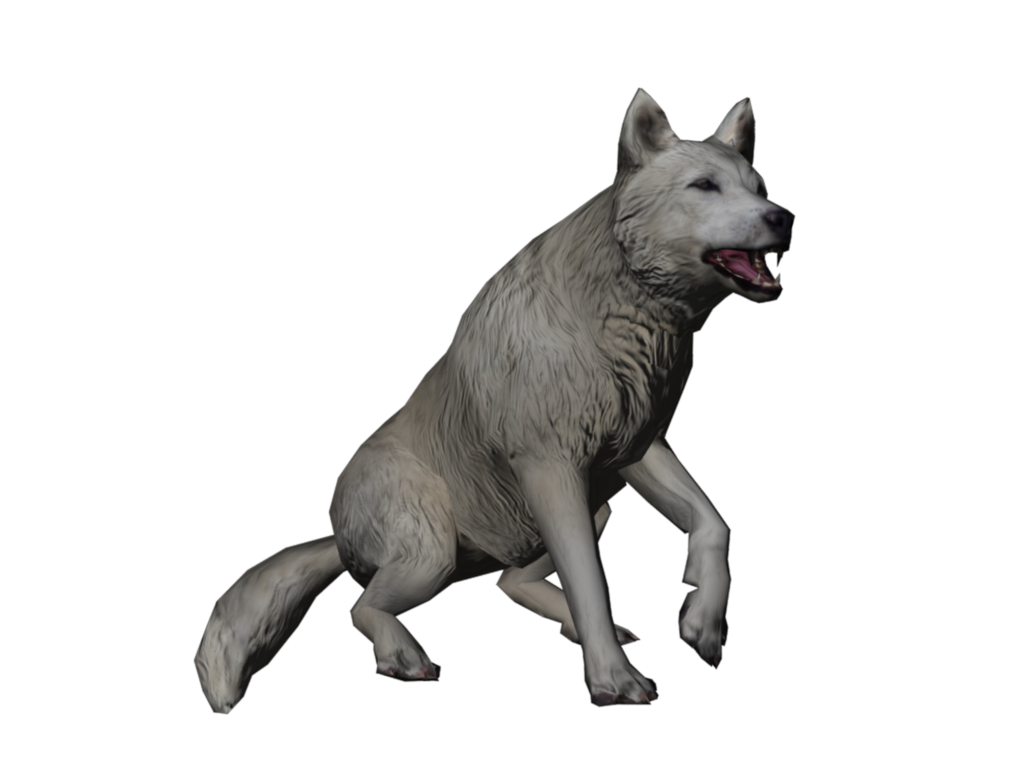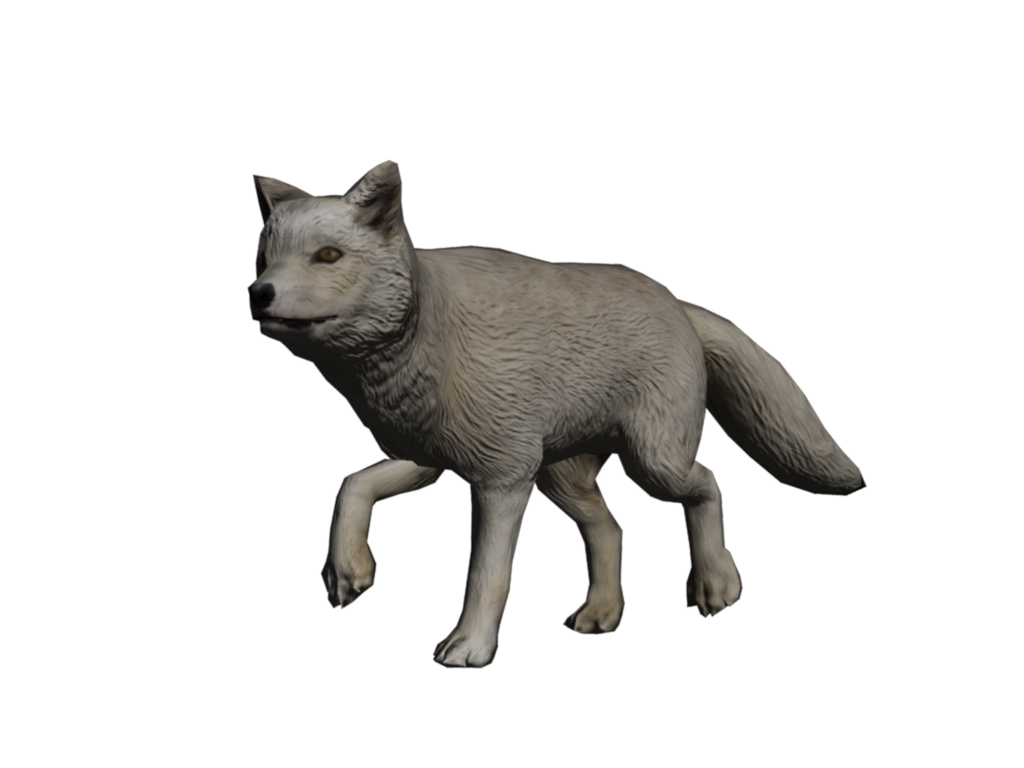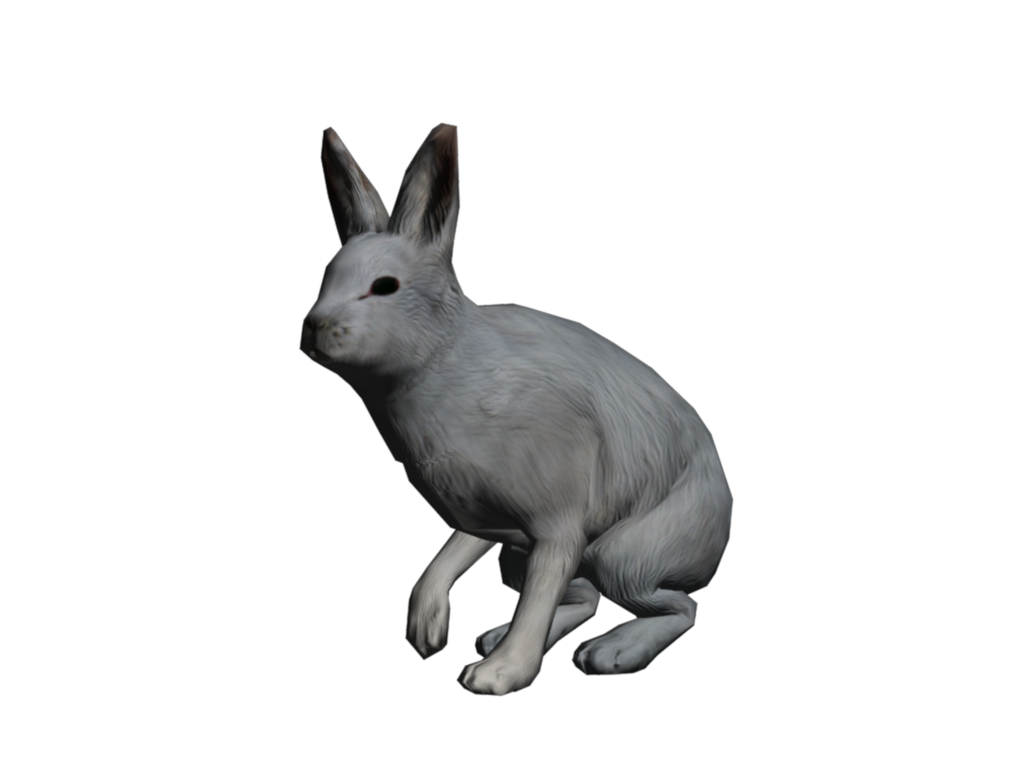Type: Mammal
Weight: 109 – 318kg
Height: 120 – 150cm
Diet: Caribou`s majorly eat ground and tree lichens. They also eat shrubs, grasses and willows. It takes 80 to 150 years for a forest to grow enough lichens for caribou.
Interesting Facts: Migratory animals, known for mass migrations. Their migrations are usually driven by the coming of the insects over the warmer months. Caribou will use their hooves to dig through snow to get moss and other lichens beneath the ground’s surface.Every year the caribou cast off and re-grow a new set of antlers. The annual cycle of antler growth, velvet, and antler shedding varies with gender, reproductive status and age. Mature bulls begin to grow antlers in early March. By August, antler growth is almost complete. The antlers of large bulls drop off after the October rut and most bulls are antlerless by January. Pregnant cows carry antlers to calving time in late May or early June. Cows begin antler growth about one week after giving birth. Non-pregnant cows and yearlings shed their antlers in April or early May. A few non-pregnant cows carry their antlers into June.
Links:
http://animals.nationalgeographic.com/animals/mammals/caribou/
Type: Mammal
Weight: 410 – 720kg
Height: 220-250cm
Diet: Polar bears mostly eat the fats of their prey; birds, seals and walrus. They tend to hunt ringed seals mostly in the Arctic.
Interesting Facts: Polar bears have long necks and muzzles to help with hunting seals in deep holes in the ice and snow. Their large, furry feet and short, sturdy claws help with traction on the ice. Polar bears roam the Arctic ice sheets and swim in that region’s coastal waters. They are very strong swimmers, and their large front paws, which they use to paddle, are slightly webbed.
Links:
http://www.polarbearsinternational.org/
http://animals.nationalgeographic.com/animals/mammals/polar-bear
Type: Bird
Weight: 1.2–2.1kg
Length: Length: 47–64 cm
Diet: Aquatic insect larvae, crustaceans, and plant matter in summer. In winter, they feed on a wide variety of marine animals, including mollusks, crustaceans, and echinoderms, as well as algae.
Interesting Facts: King eiders dive great depths to feed on mollusks, crustaceans and aquatic insects. King eiders dive up to 28m. The species breeds on dry Arctic tundra near freshwater lakes, pools, bogs. The King Eider ducks nest in various tundra habitats, generally in low marshy areas. They winter in marine environments near coastlines or on open water shallow enough to allow for foraging at the bottom.
Links:
http://www.allaboutbirds.org/guide/King_Eider/lifehistory
http://birds.audubon.org/birds/king-eider
Type: Mammal
Weight: 0.03 – 0.11kg
Height: 7 – 15cm
Diet: The Lemmings eat mostly plants such as mosses, grasses, herbs, shoots, and lichen. They also feed on woody plants.
Interesting Facts: Lemmings remain active all winter and don’t hibernate, having special protection from the cold from its thick fur. The lemmings spend the winter searching for bulbs and shoots that are often buried beneath the snow. They do behave aggressively towards predators and even human observers. The Lemming population fluctuations quite drastically and it is unknown why it does so, but it may be due to their high reproductive rate and their predator relationships.
Links:
http://a-z-animals.com/animals/lemming/
http://www.adfg.alaska.gov/static/education/wns/lemmings.pdf
Type: Mammal
Weight: 50–70 kg
Length: 100 to 175 cm
Diet: The Lemmings eat mostly plants such as mosses, grasses, herbs, shoots, and lichen. They also feed on woody plants.
Interesting Facts: They use their sharp claws to make and maintain their own breathing holes through the ice. The only time these largely solitary creatures come together is when they gather on sea ice to breed, molt, and rest, sticking close to breathing holes and cracks in the ice in case they need to make a quick escape. They build lairs—a kind of snow cave—as soon as enough snow accumulates, becoming very territorial about them and the breathing holes and underwater areas beneath them.
Links:
http://animals.nationalgeographic.com/animals/mammals/ringed-seal/
http://www.nmfs.noaa.gov/pr/species/mammals/pinnipeds/ringedseal.htm
Type: Mammal
Weight: 34 – 43kg (extreme: 80 kg)
Height: 64 – 79cm
Diet: Arctic hares, birds, caribou, musk oxen, lemmings and seals. They have even been observed catching catching fish.
Interesting Facts: The Arctic Wolf has shorter ears and muzzle then other wolf species, characteristic of mammals in Arctic tundra. Unlike other species of wolf, the Arctic wolf rarely comes into contact with human so does not face the threat of hunting or persecution. However, the greatest threat to the Arctic wolf is climate change. Extreme weather variations in recent years have made it difficult for populations of muskox and Arctic hares to find food, and this has caused a decline in numbers. In turn, this has reduced the traditional food supply of the Arctic wolf. The arctic wolf can reach speeds up to 75km/h (46mph).
Links:
http://wwf.panda.org/about_our_earth/species/profiles/mammals/arcticwolf/
http://a-z-animals.com/animals/arctic-wolf/
Type: Mammal
Weight: 2.9 – 3.5kg
Height: 25 – 30cm
Diet: Surprisingly, Arctic Foxes are omnivores. They feed on lemmings, voles, Arctic Hares, birds and their eggs, and carrion. A family of Arctic Foxes can eat dozens of lemmings every day. Fish under the surface of ice are also part of their diet. During April and May, they feed on the Ringed Seal pups that are helpless and confined to their dens.
Interesting Facts: The Arctic Fox is well adapted to the cold, and can survive in temperatures as low as -58F (-50C). They also have short ears and short muzzle, characteristic of mammals living in Arctic Tundra to keep their warmth. The coat changes color, similar to the arctic hare (white in winter – brown or brownish grey in summer). Of course, the defining feature of the Arctic fox is their deep, thick fur which allows them to maintain a consistent body temperature. Arctic foxes also have thick fur on their paws, which allows them to walk on both snow and ice.
Links:
http://www.defenders.org/arctic-fox/basic-facts
http://www.arkive.org/arctic-fox/vulpes-lagopus/
Type: Mammal
Weight: 2.5–5.5 kg
Height: 43 – 70cm
Diet: Their diet is mostly composed of woody plants such as Arctic willow, as well as grasses, herbs, berries, buds, shrubs and lichens
Interesting Facts: The arctic hares coat changes color between seasons, being brown or grey in the summer, and white in the winter. Arctic hares can reach speeds of up to 40 mph (60kph). They have a strongly developed sense of smell. It has also been observed that they have a chin gland, which could be used to produce a scent for marking territory and communication.
Links:
http://nature.ca/ukaliq/021des/010_chr03_e.cfm
http://www.arkive.org/arctic-hare/lepus-arcticus/
DOWNLOAD A PRINTABLE VERSION: Here – Animals

